Valiasr street of Tehran is the longest one in the Middle East region and Iran. It is more than 18 km long and connects the north of Tehran to its south. Walking along its huge sycamore trees is very pleasant for anyone passing on a spring day. This sensation that starts from Railway Square in the south and ends in Tajrish square in the north will record in your mind forever. That’s why Pietro Della Valle, the Italian composer, musicologist, and author called Tehran “the city of sycamores” as he visited Valiasr street and its sycamores in their golden age. He traveled throughout Asia during the Renaissance period. Of course, still these old trees play an important role in the beauty of the city. Two lines of sycamore trees within two vast canals spread along this street. So. this is an inseparable feature of this amazing street of the capital.
The history of Valiasr street
Many years ago, there were several short streets with sycamore trees at the foothill of Alborz Mountain. According to Abdullah Mostofi memories, Reza Shah, the first king of Pahlavi dynasty, decided to build a street in order to connect his summer palace in the north of Tehran to Marmar palace in the south. So, he commanded to build this special road as the longest connective passage in the city. In the era of Mohammad Reza Shah, the second king of Pahlavi dynasty, this road was asphalted and named Pahlavi street. Until 1941, only the royal family and the supreme courtesans and governmental staff used this route. However after the occupation of Iran by Allies troops in September of 1941, all of the Iranian people started to use this avenue.
As the sycamore trees are very compatible with the weather of Tehran, two lines of these trees planted on the sides of the street and two wells were also dug for its irrigation at Zafaranieh district. The rose bushes were also planted between each two sycamore trees. So there was 18000 sycamore trees and 18000 rose bushes on the two sides of this street. The longest and the prettiest street in the Middle East!
Currently, out of the total 18000 trees who lived on Valiasr Street, only 8,000 trees left. unfortunately, The rest destroyed. That’s why Shervin in his song “For Valiasr and the withered trees”.
Valiasr changes over time
The ex-Pahlavi street got rid of its deserted form between the years of 1953 and 1976. As the official buildings such as Iranian television centers and big stores built on its left side. Also, the habitants of Tehran built their houses there. Locals built the modern coffee shops with western designs at the right side of this street. Also, The modern cinema salons at the west side between Pahlavi square and Vanak square.
After Islamic revolution, the new government changed the title of the street to “Mossadegh” and then to “Vali Asr”. In recent years, it has been developed to the most common buying centers of the capital. It is very crowded most of the time.
Valiasr street, Tehran’s vital highway
Due to the heavy traffic of Tehran, this street became one-way. Moreover, for having fluent mobilization, the municipality has established a B.R.T line of buses in the middle of this street. A big part of line 3 of the subway railway also passed under this street. Nobody will lose his way in this street because of the two vast canals situated on each side which has made it recognizable from other passages in this very big city.
Walking on Valiasr Street
There are so many attractions along Valiasr street, from Tajrish square in the northern part to Rah Ahan square in the southern part. It includes different parks such as Mellat, Sa-i, and Daneshjoo, the city theater hall, the modern restaurants and coffee shops and some shopping centers named Pardis, Dey, Palladium, Vanak, Sam, Bahram, Negin, Gandhi. Walking through Valiasr street will be really pleasant.
Mellat Park: This is the biggest park of Tehran and has 34 acres. There are more than 120 species of trees in this park. It also has an artificial lake and a little zoo.
Sa-i park: Somewhere on the longest street in the Middle East region, you will find one of the oldest and most beautiful parks in the capital. It is more than 50 years old. Sa-i Park, with an area of about 12 hectares, consider as one of the largest parks in Tehran. A quiet, amazing and pleasant place which is one of the capital’s tourist attractions with its special architecture and unique design.
Daneshjoo park : In the center of Tehran and beside the city Theater hall, you will find the beautiful Daneshjoo Park. Daneshjoo means “student” . This is one of the memorable and old parks of Tehran which locals named it Pahlavi Park before Islamic revolution in 1979.

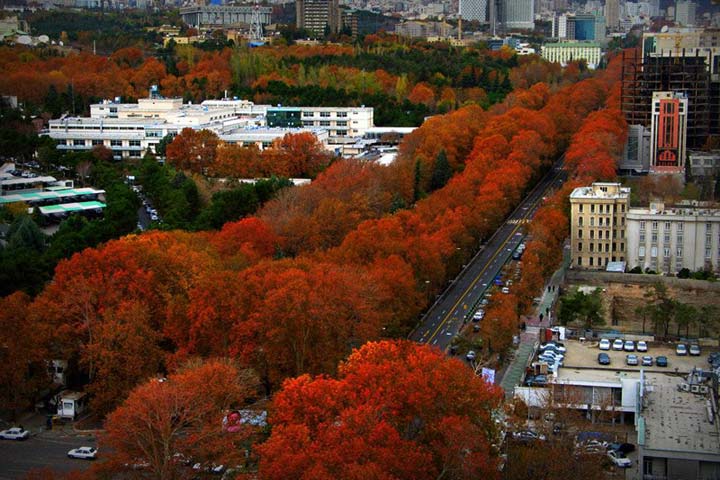
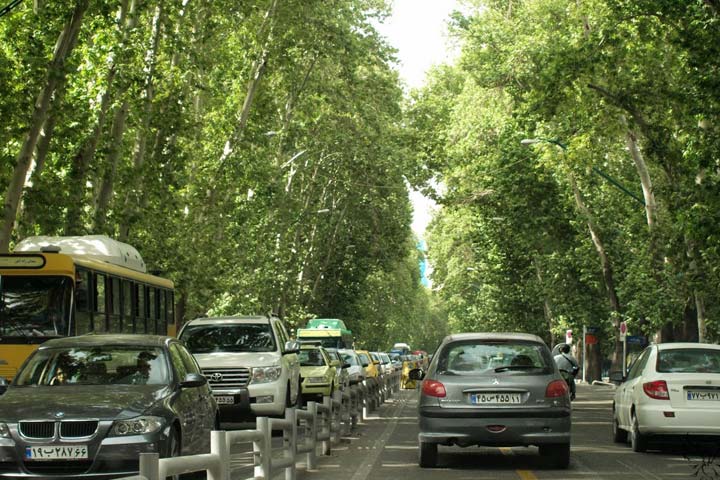
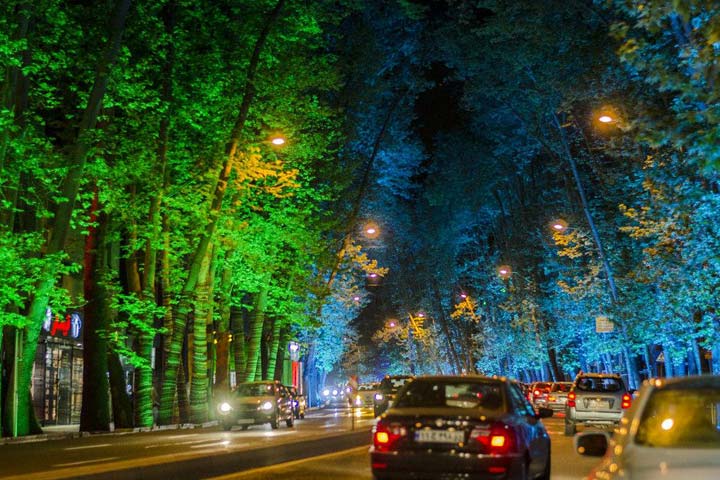
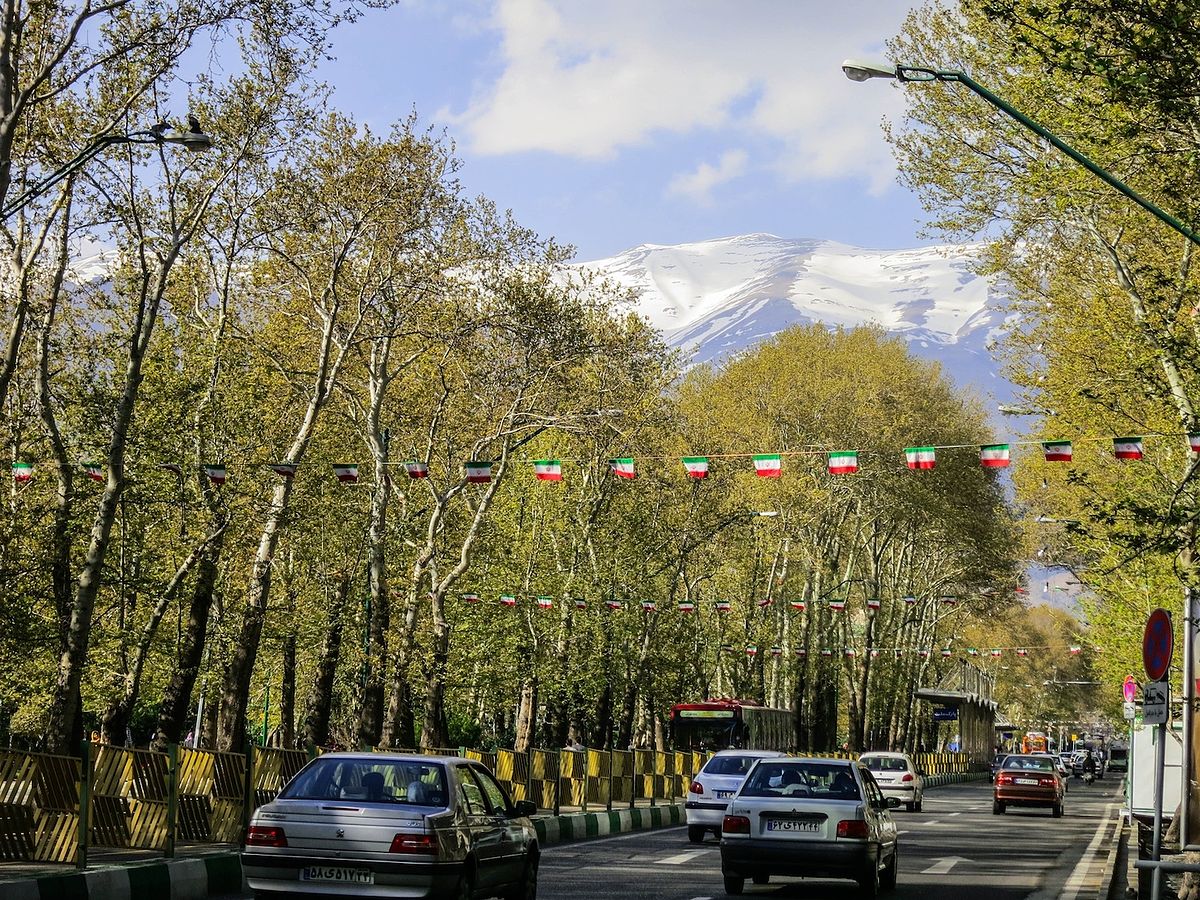
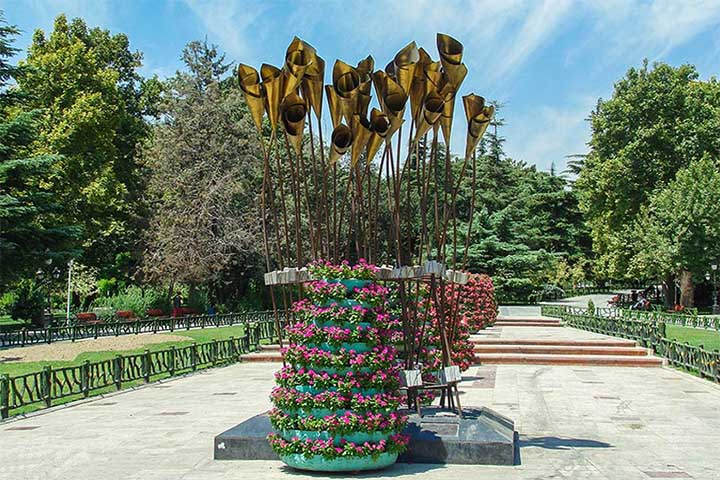
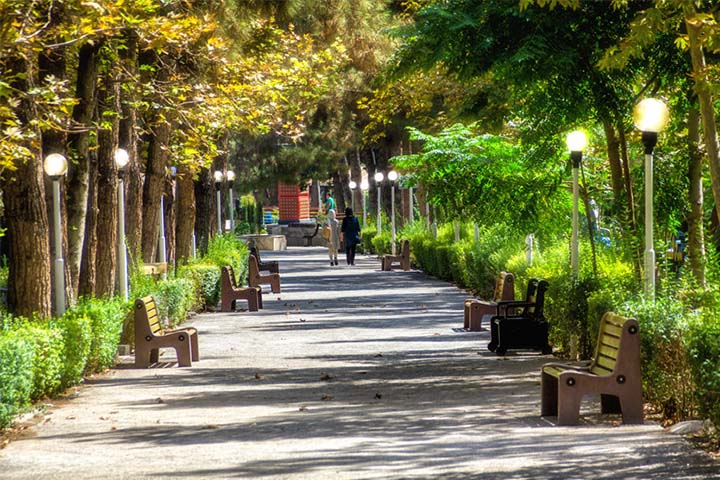
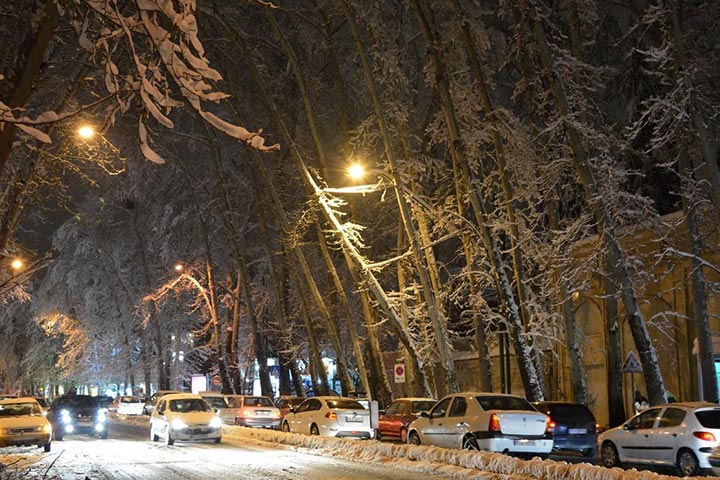
Great information about this amazing street
I’m impressed, I must say. Rarely do I encounter a blog that’s equally educative and interesting, and let me tell you, you have hit the nail on the head. The issue is something not enough people are speaking intelligently about. I am very happy that I found this in my search for something relating to this.
Wonderful, what a webpage it is! This webpage provides helpful data to us, keep it up.